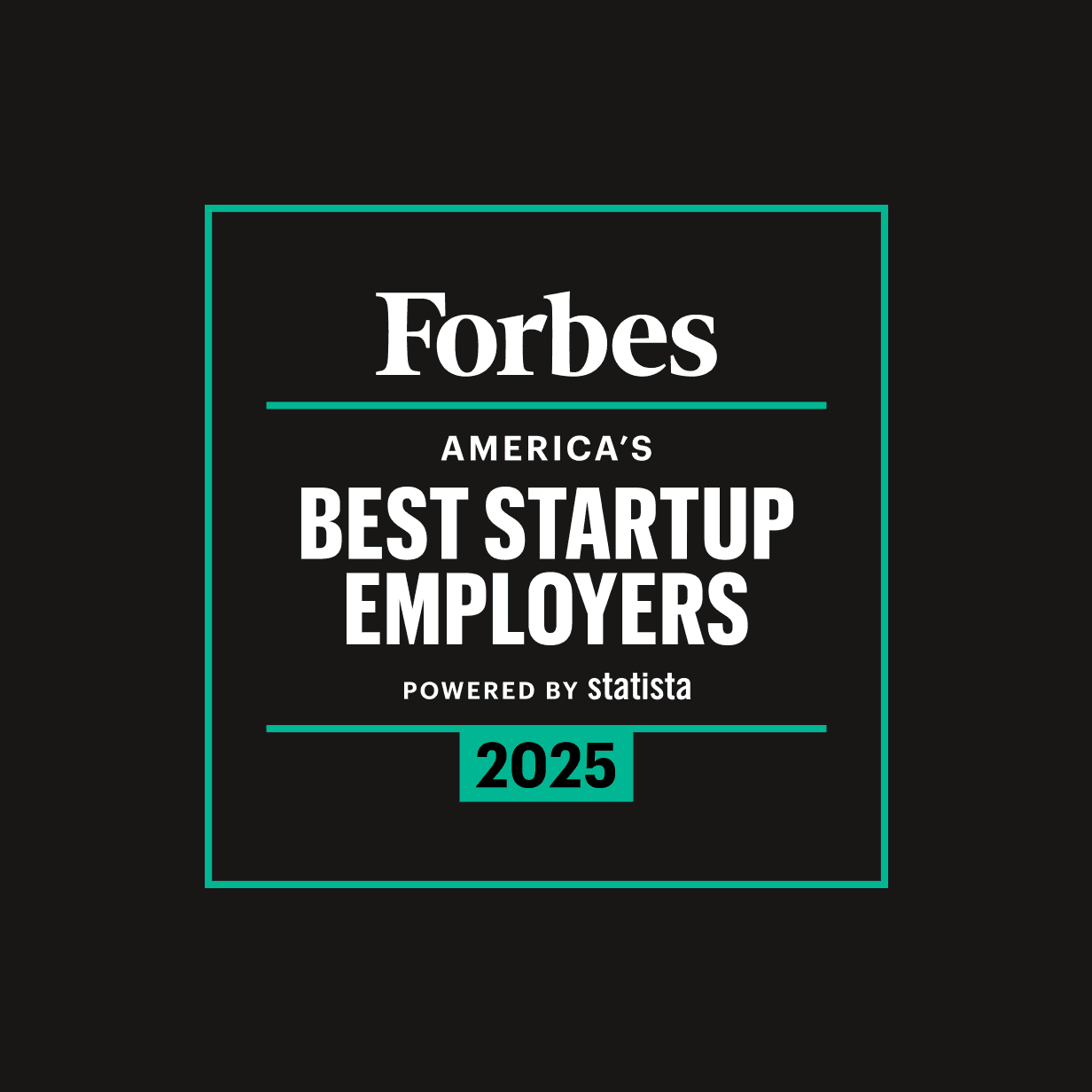Introduction
Almost all modern-day customer segmentation platforms (you may call them CDPs, segmentation builders, cohort managers, or orchestration tools) are fundamentally broken.
In an effort to create simple solutions leveraged by marketers to build and manage customer segmentation efforts, self-proclaimed market-leading tools like Segment CDP, Mparticle, and Tealium have each missed a foundational component that unlocks game-changing audience management capabilities: Related Models.
A seemingly boring yet fundamental piece to any customer segmentation effort, related models ensure that modern organizations can reference and utilize the complex data relationships necessary to power the deep levels of personalization that modern consumers expect.
Here at Hightouch–with a team of developers, marketers, and product managers with years of experience building and managing customer data platforms, we believe in the core concept that your activation tool should conform directly to YOUR data and not the other way around.
That’s why we have built a data activation platform that allows customers to bring their own data models rather than having to replicate their data into rigid models supported by traditional CDPs. And that fundamental concept is how we’ve built an audience management tool that powers the complex audiencing needs of some of the world’s most well-known brands.
Hightouch Audiences
Hightouch enables organizations to seamlessly manage their audiencing efforts centrally, leveraging all the data available in their data warehouse. With a no-code audience builder, marketers can build and activate their audiences to over 100 destinations like Google Ads Manager, Google Ads, Facebook, Iterable, Salesforce, Hubspot, and more.

Because Hightouch is simply querying the data in their data warehouse, teams have full control over their data and the models that power their audiencing efforts. Time-to-value is also expedited compared to other audiencing solutions like cloud CDPs since teams simply activate their existing customer data. You can find more of our thoughts here on CDPsAreDead.com.
What are Related Models
Historically CDPs support just two data types; users and events. This means that everything within your data needs to be represented as an attribute on a single customer or associated with an action the user completed. But what about every other dimensional “thing” your business interacts with? How is it OK to just ignore those?

Related models allow marketers and data teams to reference these other related objects in their audiencing efforts directly. Examples include Product Lines, Devices, Pets, Subscriptions, Purchases, Accounts–or anything else you want to tie your user to.
These related objects allow marketers to fully leverage ALL of the data available about their customers without worrying about figuring out how to store these complex objects on a user profile or sending them in as a fake event. See the below visualizations comparing traditional CDP segmentation capabilities vs. Hightouch conforming to the data in a warehouse:


A Real-World Example
Use-cases of related models are truly endless and can vary greatly across business models. Perhaps the simplest to understand is their utilization by one of America’s largest pet retailers.
The marketing team wanted to run birthday campaigns in Salesforce Marketing Cloud. These campaigns weren’t for their customers’ birthdays though; they were for the pets of each customer.
Sounds simple, right? Well, if you’ve ever tried doing something like this in a CDP, you’re likely aware of the nightmare of trying to set this up. Without a concept of related objects, you need to store these as fields on a user profile. The issue with that? Customers can have many different numbers of pets, each with their own properties (type, name, breed, birthday, etc,).
Personalizing campaigns for the specific one celebrating their birthday was nearly impossible...if you even got that far. With related models in Hightouch, each customer has a direct relationship to an object that stores the details on each of their pets. Now, the marketing team can spin up this complex campaign in just minutes, by simply making a Hightouch Audience with the following logic:
“Give me all customers that have opted-in for email marketing, and have at least 1 pet (aka Related Model) of type dog and with a birthday of today”

The best part? This same setup can be applied across industries. This same user-to-pet relationship setup can power b2b use-cases–like campaigns informing companies about their work vehicles or updating account managers about their about-to-expire business accounts.
Summary
Gone are the days of forcing your business to conform to CDPs' rigid data modeling requirements. Hightouch provides infinitely flexible tooling to surface a no-code segmentation builder on top of YOUR data. With related models, modern marketing teams can finally leverage ALL of their existing data to power better, smarter, and more personalized campaigns.
Interested in learning more about Hightouch? Request a Demo Here!















